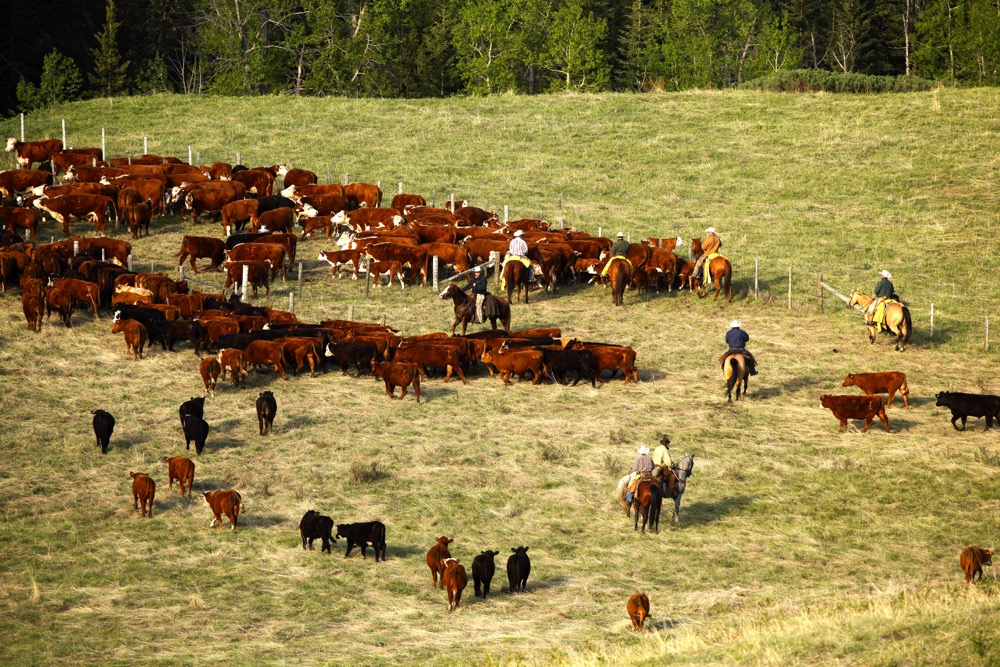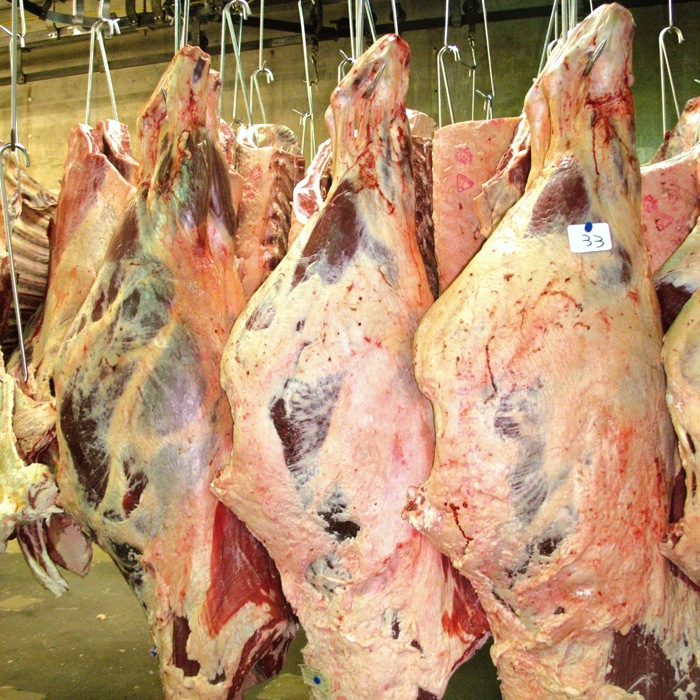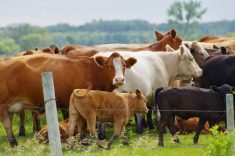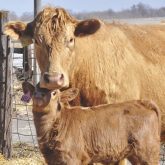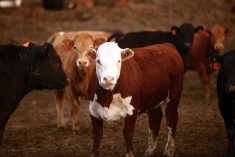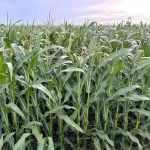Beef industry leaders have outlined some gutsy goals for their sector to meet with their recently released National Beef Strategy.
Boosting production efficiency by 15 per cent, increasing carcass cut-out value by 15 per cent and reducing cost disadvantage relative to global competitors by seven per cent by 2020 won’t be easy.
But much of the heavy lifting towards these targets has already been accomplished during the exhaustive process that went into developing this strategic plan. Whether the sector hits these targets on the bull’s eye, falls a little short or overshoots, is less important than the fact that it has coalesced around a common vision.
Read Also

Guarding against misinformation: Do you believe in house hippos?
Misinformation and disinformation run rampant in today’s digital age. Farmers must be wary of the digital dangers and know how to keep themselves safe.
Everyone can agree on the need for a dynamic profitable industry and most can appreciate the value in being a trusted and competitive producer that is recognized globally for producing superior quality, safety, value, innovation using sustainable production methods.
These goals may seem like stating the obvious, but they provide a starting point for the much more complex job of determining the ‘how’ of achieving them.
That challenge of that feat cannot be underestimated. We are after all, dealing with the cattle crowd, a group that has historically been about as easy to guide as a herd of cats.
While other livestock sectors have zeroed in on generic genetics and homogenized the primary production around specific management approaches, cattle producers remain fiercely divided by their loyalty to specific breeds — and a long list of them at that. It makes for variety in carcass traits, management requirements and production practices. And because cattle are raised outside, instead of in climate-controlled facilities used for other livestock, producers are subject to unpredictable effects of the weather on their production efficiency.
While that genetic and management diversity makes it more challenging to standardize the end-use quality characteristics, it also creates opportunity for value-added marketing in an increasingly diverse marketplace. Now that processes such as BIXS (Beef Info-xchange System) are in place to improve individual carcass feedback and communication through the value chain, work must continue toward converting that data into something that’s bankable.
It has long been recognized that the industry has been a little too focused on meeting the needs of certain commodity beef markets — namely the U.S. — at the expense of other opportunities. Not only has this approach left it vulnerable to market disruptions, such as when the border slammed shut in the BSE crisis of 2003 and when the U.S. pushed forward with mandatory country-of-origin labelling rules in 2009, it has hampered branding efforts.
Ironically, beef producers, as diverse as they are, have been among the least tolerant of alternative markets and the efforts by some to meet those demands, such as the European preference for hormone-free beef, or similar preferences by the A&W fast-food chain to differentiate itself in the marketplace. Wanting to do things differently is seen by some in the cattle business as trying to make everyone else look bad.
Despite the recent improvement in prices, the beef sector’s base for future growth is far from certain.
Inventories in this country by a quarter since 2003; new global competitors, such as India, have emerged; and many producers nearing retirement may be more focused on building back equity rather than investing in building their herd.
The National Beef Strategy acknowledges that while demand for beef globally continues to grow, it will be local concerns over environmental sustainability and animal welfare that dictate the producers’ operating environment.
That could work in the beef sector’s favour when it comes to reclaiming grazing lands lost to annual cropping. Marginal lands belong under cover. It also reinforces the reality that the shrinking cattle herd has resulted in lower checkoffs and fewer funds. Although producers are enjoying record profits, cattle cycle checkoff revenues are currently their lowest in two decades.
Bringing the sector together under a common plan is not only the wisest use of scarce resources, it is the strategy with the best chance of success. Job well done.




